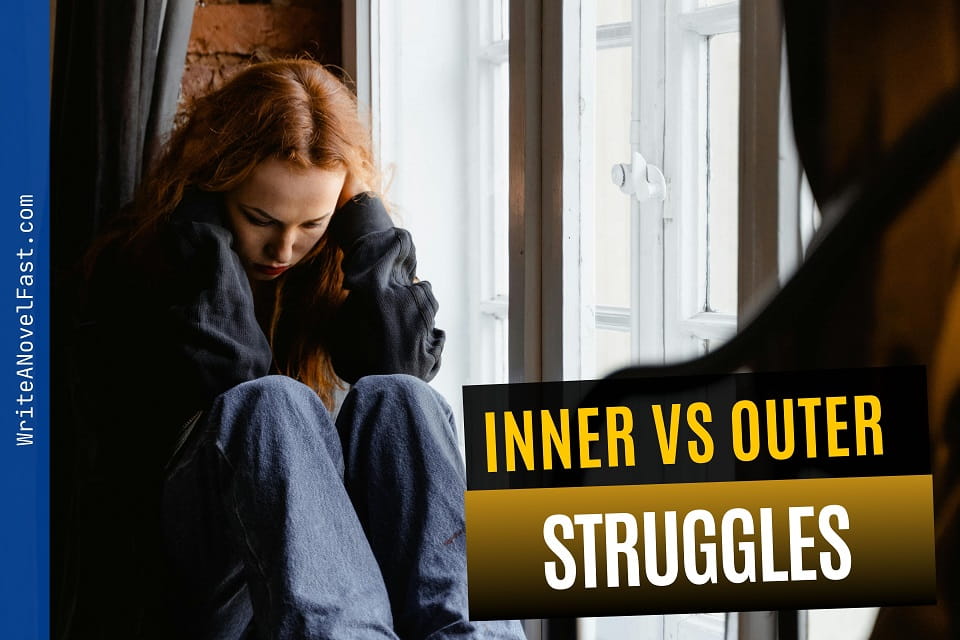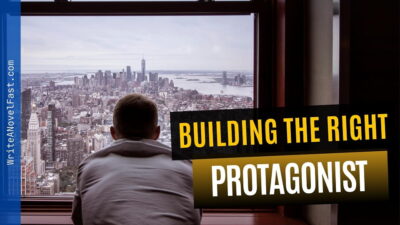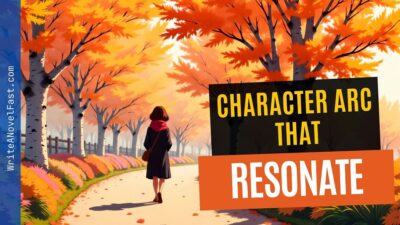Ever read a book where the plot was packed with action, but somehow it just didn’t hit emotionally? Or maybe you’ve written a character who went through hell and back, but readers still said they felt… flat? That’s probably because the story leaned too much on one kind of conflict—and ignored the beautiful balance of internal vs external character conflict.
Let’s chat about it. As writers and readers, we’re drawn to characters who feel real, who battle both the world around them and the turmoil within. Understanding the dance between internal vs external character conflict is like holding the master key to unforgettable storytelling.
Table of content:
- What Is Internal Conflict?
- What Is External Conflict?
- Internal vs External Character Conflict: Why You Need Both
- In My Own Experience, I Found That…
- How to Balance Internal and External Conflict in Your Writing
- Conclusion: Why Conflict Is the Beating Heart of Story
- FAQ: Internal vs External Character Conflict
What Is Internal Conflict?
Internal conflict lives in your character’s heart, mind, or soul. It’s not about what’s happening to them—it’s about what’s happening inside them.
Think about Katniss Everdeen in The Hunger Games. Sure, she’s got all the external conflict in the world—fighting for survival, protecting her family, outwitting the Capitol. But what makes her truly compelling is her internal struggle: guilt, identity, fear of becoming a pawn. That’s internal vs external character conflict in full swing.
Internal conflict often looks like:
- Moral dilemmas
- Fear vs desire
- Identity crises
- Loyalty vs truth
- Grief, guilt, shame, or self-doubt
It’s what makes us feel something when we read. It’s what lingers long after the final chapter.
What Is External Conflict?
External conflict, on the other hand, is the classic source of plot momentum. It’s the obstacle standing between your character and what they want—and it lives outside of them.
Some classic forms of external conflict include:
- Person vs Person (hero vs villain)
- Person vs Society (e.g., 1984 or The Handmaid’s Tale)
- Person vs Nature (like The Revenant)
- Person vs Technology (think Black Mirror)
In The Lord of the Rings, Frodo’s external conflict is clear: he’s got to destroy the One Ring while being hunted by Sauron’s forces. But what keeps us deeply invested? His internal conflict—his fear, the burden of power, and the slow erosion of hope.
This is where internal vs external character conflict truly shines—when the two are intertwined.
Internal vs External Character Conflict: Why You Need Both
Here’s the truth: a story that only leans on one side of internal vs external character conflict often feels lopsided. All external? It’s action without depth. All internal? It risks becoming static or introspective with no tension.
But when you blend both? That’s when magic happens.
Take Harry Potter. Externally, he’s fighting Voldemort, navigating school, and dodging death. Internally, he’s wrestling with identity, grief, and his place in the wizarding world. His choices—especially in later books—are fueled by internal beliefs and external pressures.
Or look at Elizabeth Bennet in Pride and Prejudice. Her external conflict is navigating societal expectations and Mr. Darcy’s pride. Internally, though, she’s confronting her own prejudice and pride, too. The plot works because her internal and external conflicts are so closely linked.
In My Own Experience, I Found That…
…the first few drafts of my stories often leaned way too hard on external events. I’d have villains, twists, and big dramatic scenes—but readers would still ask, “But what does your main character want? What’s really going on inside them?”
That’s when it clicked: I was dodging internal conflict because it felt messy, vulnerable—harder to write. But once I started giving my characters emotional stakes, letting them doubt themselves or fear their own potential, my stories changed. They weren’t just entertaining—they became emotional journeys. That’s the power of balancing internal vs external character conflict.
My advice? Don’t shy away from your character’s flaws and fears. Let them break a little before they grow. Your readers will thank you.
How to Balance Internal and External Conflict in Your Writing
So how do we actually make this work on the page? Here are a few tips:
1. Let One Feed the Other
Often, an external event will trigger an internal response. Your character gets fired (external)? They spiral into self-doubt (internal). That doubt affects how they approach their next challenge—and the cycle continues.
2. Give Conflict to Every Major Character
Even side characters benefit from internal vs external character conflict. It makes your world feel fuller and your characters more believable.
3. Show Internal Conflict Through Action
You don’t always need to narrate feelings. Show your character hesitating, avoiding someone, making a mistake because of fear. Let readers see the struggle.
4. Make the Resolution Reflect Both
A satisfying ending usually resolves both types of conflict. Your hero defeats the villain—but also comes to terms with their guilt, or forgives themselves, or learns to trust again.
5. Ask, “What’s Really at Stake?”
Every scene, pause and ask: What’s the external problem? What’s the internal tension? If both are present, you’re on the right track.
Conclusion: Why Conflict Is the Beating Heart of Story
When we talk about internal vs external character conflict, we’re really talking about the soul of storytelling. It’s not about checking boxes—it’s about creating characters that breathe, ache, and grow.
So the next time you’re outlining or revising, take a closer look. Are your characters battling something inside and outside? If not, you’ve just found your next level-up moment.
Because when readers fall in love with a story, it’s not just because of the battles or the banter—it’s because they see themselves in the struggle.
FAQ: Internal vs External Character Conflict
Q1: Can a story work with only internal conflict?
Yes, especially in character-driven fiction. But blending both adds more depth and tension.
Q2: What if I’m bad at writing emotional stuff?
Start small. Give your character one fear or flaw. Let it influence their decisions. The emotional layers will come with practice.
Q3: How do I tell if my scene has both conflicts?
Ask: What does the character want? What’s stopping them? Then: How do they feel about that? If both questions have strong answers, you’re good.
Q4: Is one type more important than the other?
Not really. But the best stories often start with internal conflict and build external obstacles that test it.



